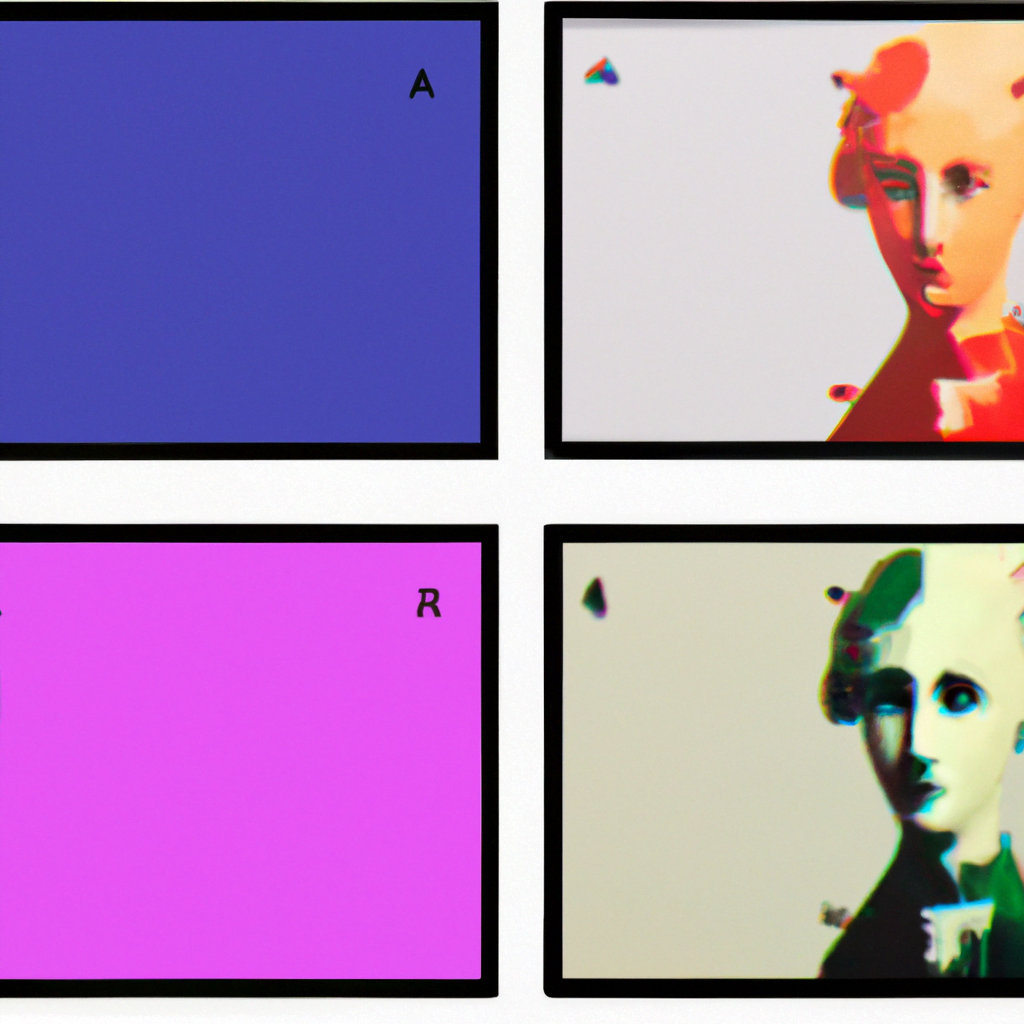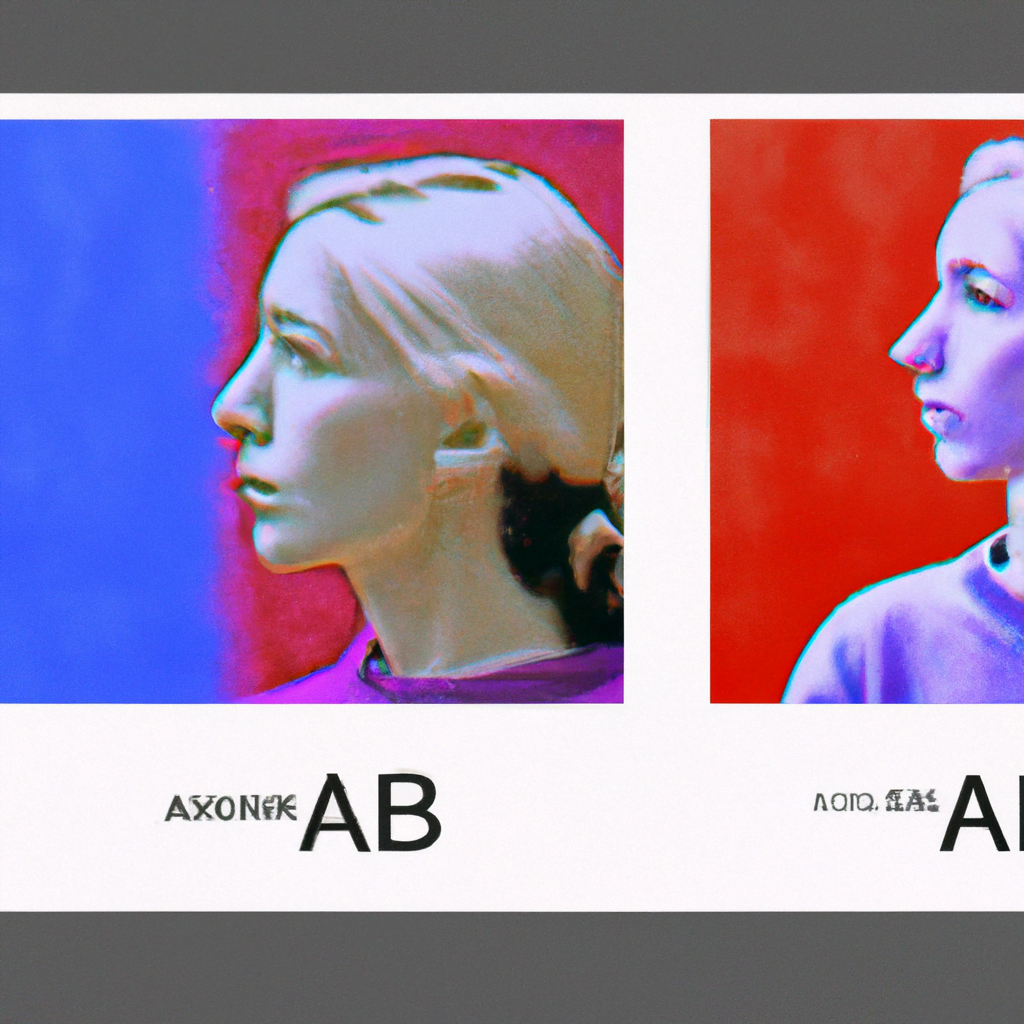
AI-Powered Design Feedback Analysis and Recommendation Systems

Artificial Intelligence (AI) has revolutionized various industries, and the field of design is no exception. Designers often seek feedback to improve their work, but analyzing and implementing feedback can be a time-consuming and subjective process. However, with the advent of AI-powered design feedback analysis and recommendation systems, designers can now receive valuable insights and recommendations to enhance their designs. In this article, we will explore the benefits, applications, and challenges of AI-powered design feedback analysis and recommendation systems.
The Benefits of AI-Powered Design Feedback Analysis
AI-powered design feedback analysis systems offer numerous advantages to designers, including:
- Efficiency: AI algorithms can analyze design feedback at a much faster rate than humans, saving designers valuable time and effort.
- Objectivity: AI systems can provide unbiased feedback, eliminating subjective biases that may arise from human reviewers.
- Consistency: AI algorithms can consistently analyze design feedback, ensuring that all feedback is evaluated using the same criteria.
- Scalability: AI-powered systems can handle large volumes of design feedback, making them suitable for projects with numerous stakeholders.
These benefits make AI-powered design feedback analysis systems an invaluable tool for designers seeking to improve their work.
Applications of AI-Powered Design Feedback Analysis
AI-powered design feedback analysis systems have a wide range of applications across various industries. Let’s explore some of the key applications:
1. User Experience (UX) Design
In UX design, understanding user feedback is crucial for creating intuitive and user-friendly interfaces. AI-powered design feedback analysis systems can analyze user feedback from various sources, such as surveys, user testing sessions, and online reviews. By analyzing this feedback, designers can identify patterns, pain points, and areas for improvement in their designs.
For example, a UX designer working on a mobile app can use an AI-powered system to analyze user feedback and identify common complaints about the app’s navigation. The system can then provide recommendations on how to improve the navigation, such as simplifying the menu structure or adding clearer labels.
2. Graphic Design
Graphic designers often rely on feedback from clients and colleagues to refine their designs. AI-powered design feedback analysis systems can analyze feedback from multiple stakeholders and provide insights on design elements such as color schemes, typography, and layout.
For instance, a graphic designer working on a logo design project can use an AI-powered system to analyze feedback from different stakeholders. The system can identify recurring comments about the logo’s color palette and recommend alternative color combinations that align with the brand’s identity.
3. Web Design
Web designers constantly seek feedback to optimize the user experience and ensure their designs meet the client’s objectives. AI-powered design feedback analysis systems can analyze feedback from usability tests, heatmaps, and user behavior data to identify areas of improvement.
For example, a web designer can use an AI-powered system to analyze user behavior data and identify pages with high bounce rates. The system can then provide recommendations on how to improve those pages, such as optimizing loading times or redesigning the layout to enhance readability.
Challenges of AI-Powered Design Feedback Analysis
While AI-powered design feedback analysis systems offer significant benefits, they also come with their own set of challenges. Some of the key challenges include:
- Data Quality: AI algorithms rely on high-quality data to provide accurate feedback analysis. If the input data is biased, incomplete, or of poor quality, the system’s recommendations may be flawed.
- Interpretation: AI algorithms may struggle to interpret nuanced feedback or understand the context in which it was given. This can lead to misinterpretations and inaccurate recommendations.
- Human-AI Collaboration: Designers may find it challenging to integrate AI-powered systems into their workflow and collaborate effectively with AI algorithms. There may be a learning curve involved in understanding how to leverage the system’s recommendations.
- Ethical Considerations: AI-powered systems must be designed and trained ethically to avoid reinforcing biases or making discriminatory recommendations.
Addressing these challenges is crucial to ensure the successful implementation and adoption of AI-powered design feedback analysis systems.
Case Studies
Several companies have already embraced AI-powered design feedback analysis systems and witnessed significant improvements in their design processes. Let’s explore a couple of case studies:
1. Airbnb
Airbnb, the popular online marketplace for vacation rentals, implemented an AI-powered design feedback analysis system to enhance the user experience of their website and mobile app. The system analyzed user feedback from various sources, including customer support tickets and user surveys.
By leveraging AI algorithms, Airbnb was able to identify common pain points and prioritize design improvements. For example, the system identified that users often struggled with the booking process due to confusing navigation. Based on this insight, Airbnb redesigned their booking flow, resulting in a significant increase in successful bookings and positive user feedback.
2. Adobe
Adobe, a leading software company specializing in creative tools, developed an AI-powered design feedback analysis system called “Sensei.” Sensei analyzes feedback from Adobe users, including designers and photographers, to provide recommendations for improving their creative work.
By analyzing user feedback, Sensei can identify areas where designers may be struggling or where their work could be enhanced. For example, if multiple users provide feedback about difficulties in using a specific feature in Adobe Photoshop, Sensei can recommend improvements or provide tutorials to help users overcome those challenges.
Summary
AI-powered design feedback analysis and recommendation systems offer numerous benefits to designers, including efficiency, objectivity, consistency, and scalability. These systems find applications in various design fields, such as UX design, graphic design, and web design. However, challenges related to data quality, interpretation, human-AI collaboration, and ethical considerations must be addressed for successful implementation.
Case studies from companies like Airbnb and Adobe demonstrate the positive impact of AI-powered design feedback analysis systems on design processes and user experiences. As AI continues to advance, designers can expect even more sophisticated and valuable insights from these systems, ultimately leading to improved design outcomes.
